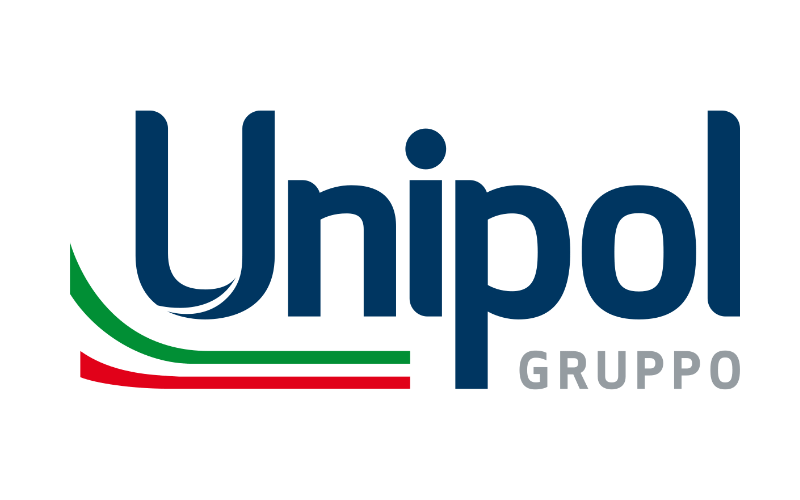News continues to emerge that reflects the increased availability of aggregate reinsurance protection, as an analyst report shows Italian insurance and financial services group Unipol secured a planned €300 million aggregate reinsurance treaty to better protect it against smaller catastrophes and weather losses. Aggregate catastrophe protection, to provide reinsurance for smaller catastrophe and weather losses on an accumulating loss basis, has been a more challenging product to source for a few years.
Aggregate catastrophe protection, to provide reinsurance for smaller catastrophe and weather losses on an accumulating loss basis, has been a more challenging product to source for a few years.
As the reinsurance market hardened after 2022, appetite to deploy limit to cover aggregate losses diminished, while the cost of aggregate reinsurance and retrocession covers also rose.
But, in 2025, these covers have become more available and affordable as well, with the catastrophe bond market one leading source of annual aggregate protection once again.
While at the same time, European protection buyers have also found reinsurers and ILS capital more accommodating for buying aggregate reinsurance from.
We reported back in May that during an earnings call General Manager of Insurance at Unipol, Enrico San Pietro, said that the company was aiming to buy a new aggregate reinsurance arrangement this year.
Now, in an analyst report from Berenberg, details of that purchase have been revealed.
The Berenberg analysts, after holding a speed-dating event with numerous re/insurers present, explained that Unipol executives said that the aggregate cat reinsurance cover will provide €300 million of limit.
The agreement was signed in May and attaches once aggregate losses surpass a €350 million retention, it is reported.
It’s also said that the aggregate cover only protect Unipol for weather and catastrophe events that cost it less than €100 million, while its main catastrophe reinsurance treaty will continue to provide the protection for larger events than that.
The Berenberg analysts report that Unipol’s new aggregate reinsurance treaty covers weather and smaller cat losses to both its motor and non-motor books of business.
While this is further evidence of the appetite to deploy capacity to aggregate covers recovering, other companies at the Berenberg event highlighted that capital remains disciplined, with high deductibles enforced and only relatively low limits available.
Aggregate reinsurance and retrocession has always been considered more of an earnings than capital cover, protecting the ability of re/insurers to hit their profit targets even when frequency loss events are prevalent throughout the financial year.
As a result aggregate protection remains a very attractive buy and we’ve seen plenty of aggregate cat bonds issued this year, especially in industry-loss trigger retrocessional form for large reinsurance companies.
We’ve also reported on aggregate reinsurance purchases that have come to light from global insurer Zurich and Bermuda-based reinsurance firm Conduit Re.
In the outstanding catastrophe bond market, just under 40% of limits currently at-risk are deployed to provide aggregate reinsurance protection.
But in the last few months, the prevalence of aggregate deals has increased a little, further signalling recovering appetites to deploy capacity and capital to these opportunities, which is being supported by attachments and prices remaining relatively stable and attractive still.
Of course, the greater availability of aggregate reinsurance has been a trend we’ve followed for some months, with notably more reinsurance capital available to support well-structured aggregate deals towards the end of 2024, which led reinsurance buyers to become more hopeful as we moved towards 2025.



